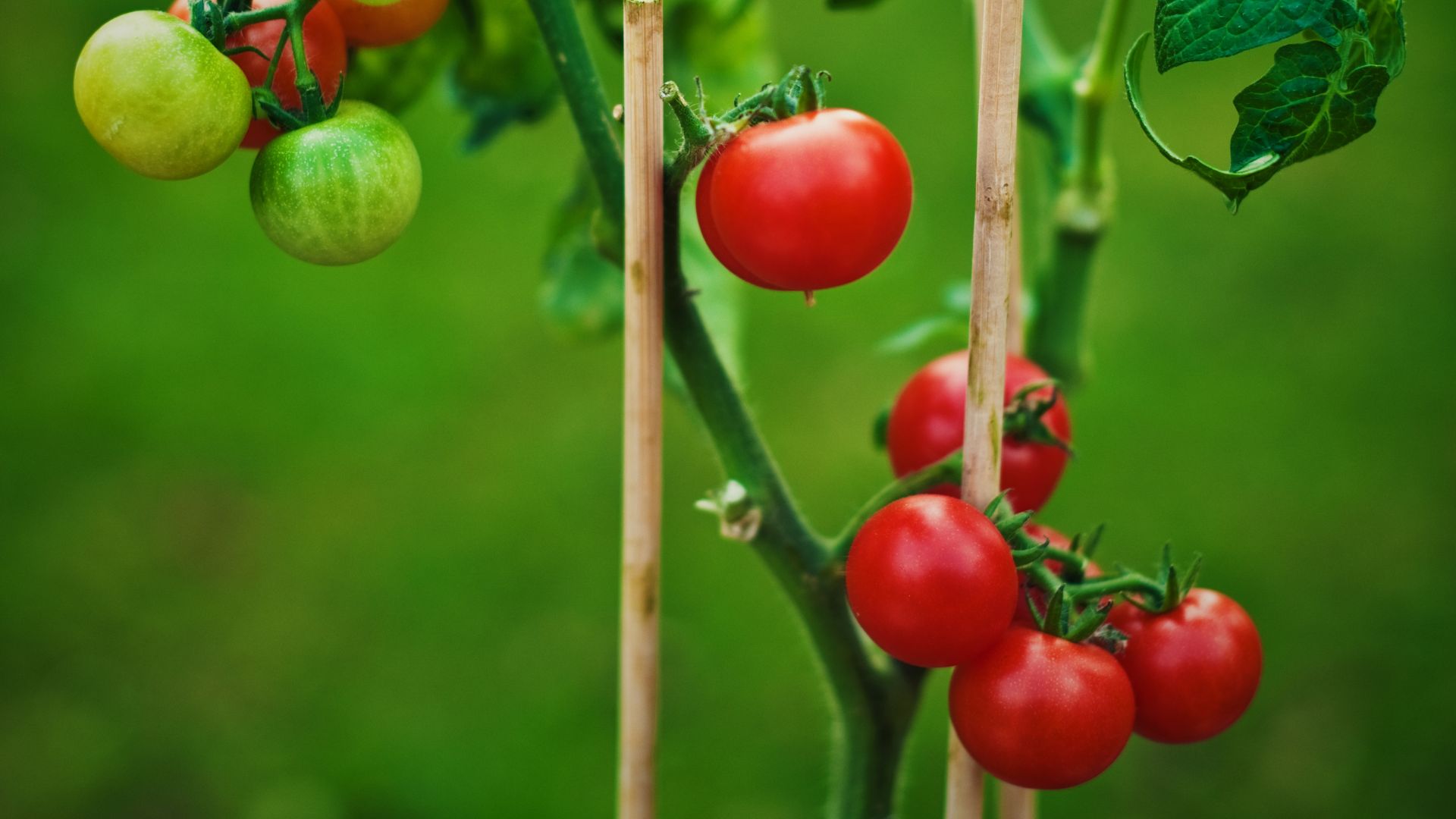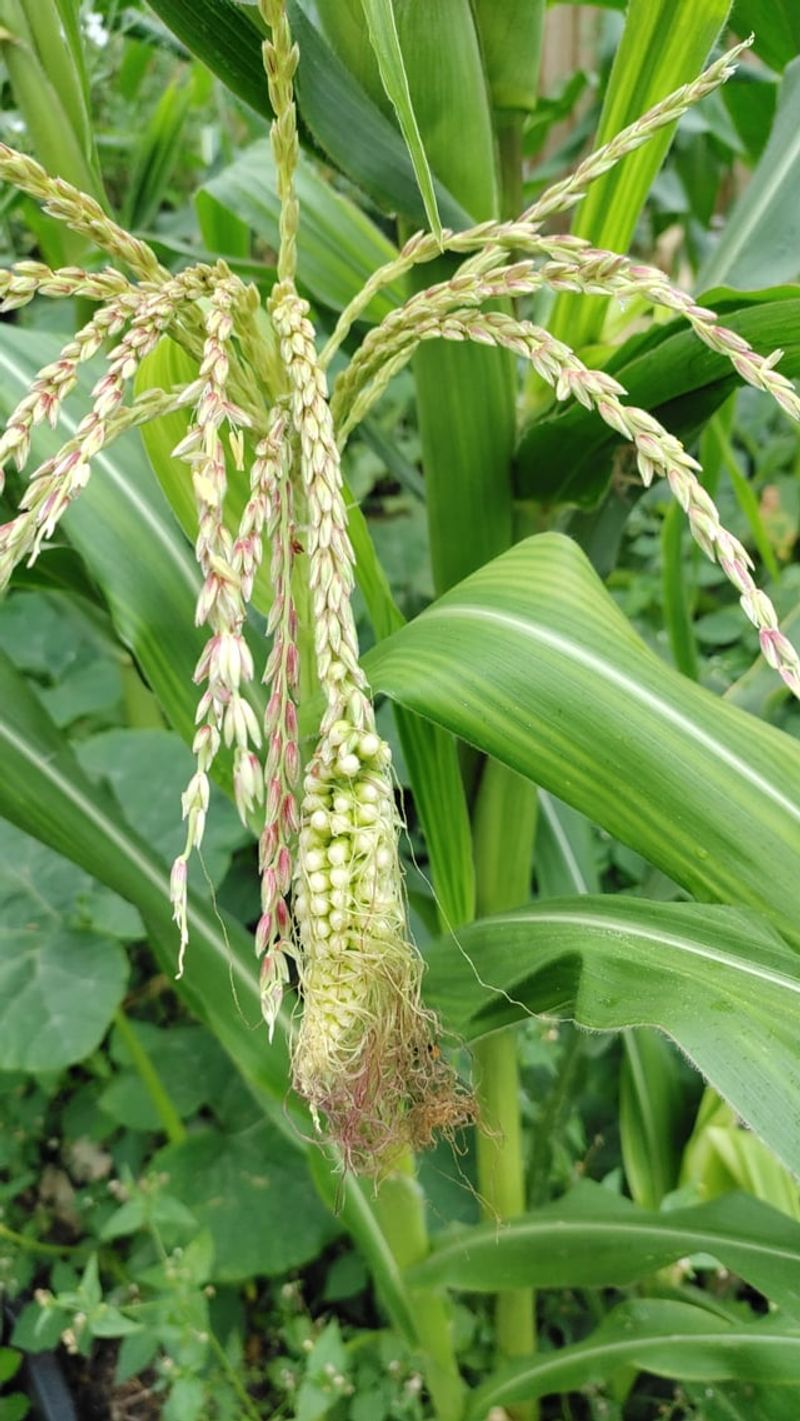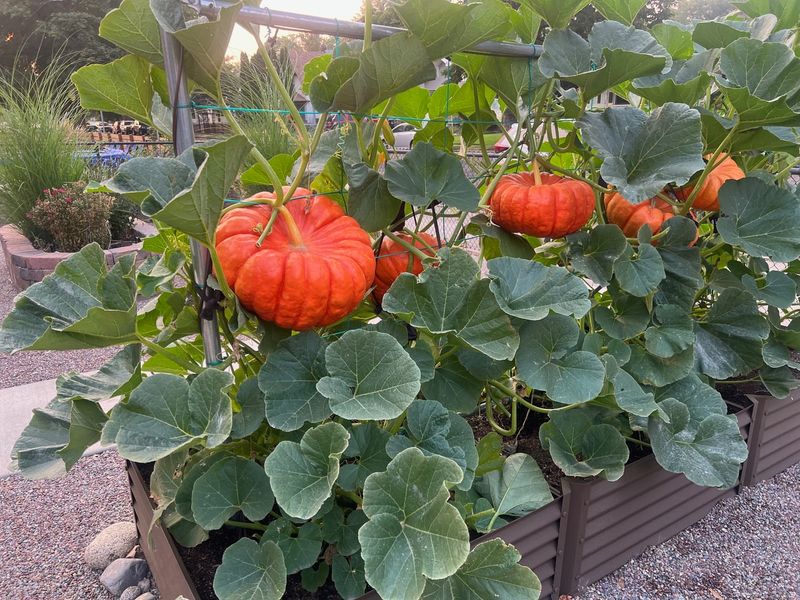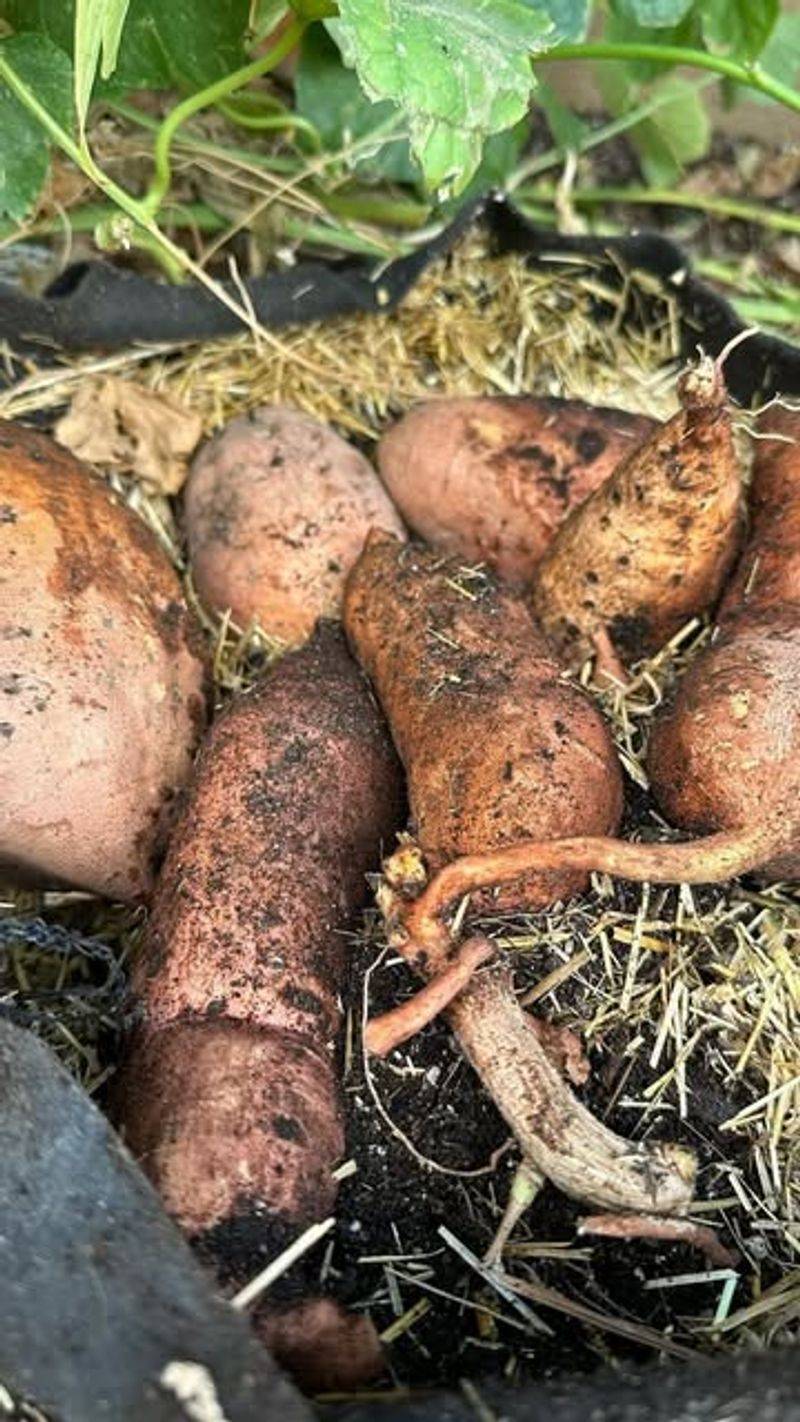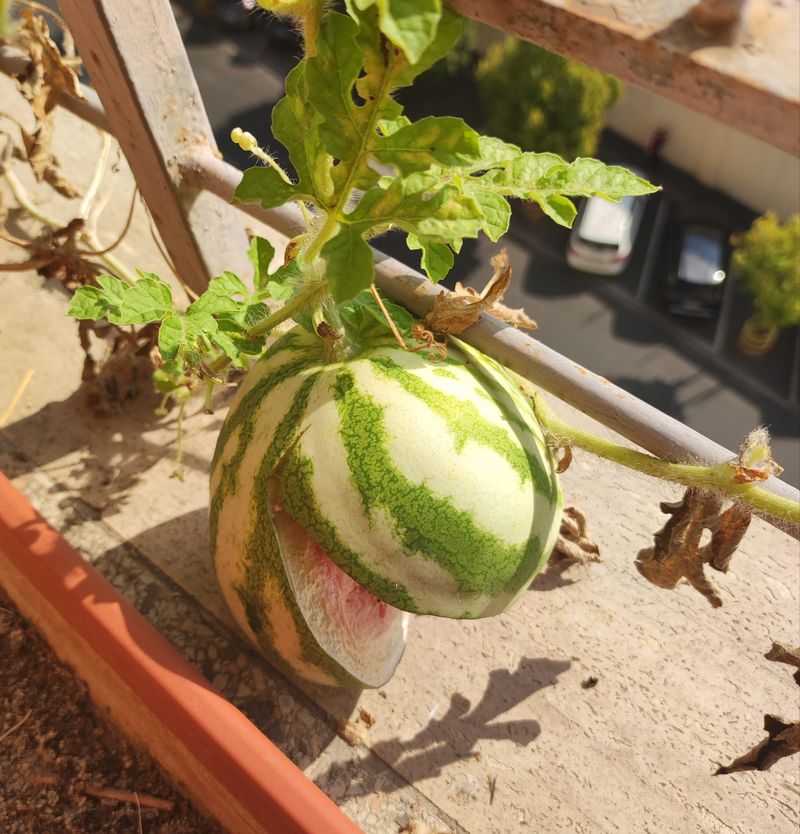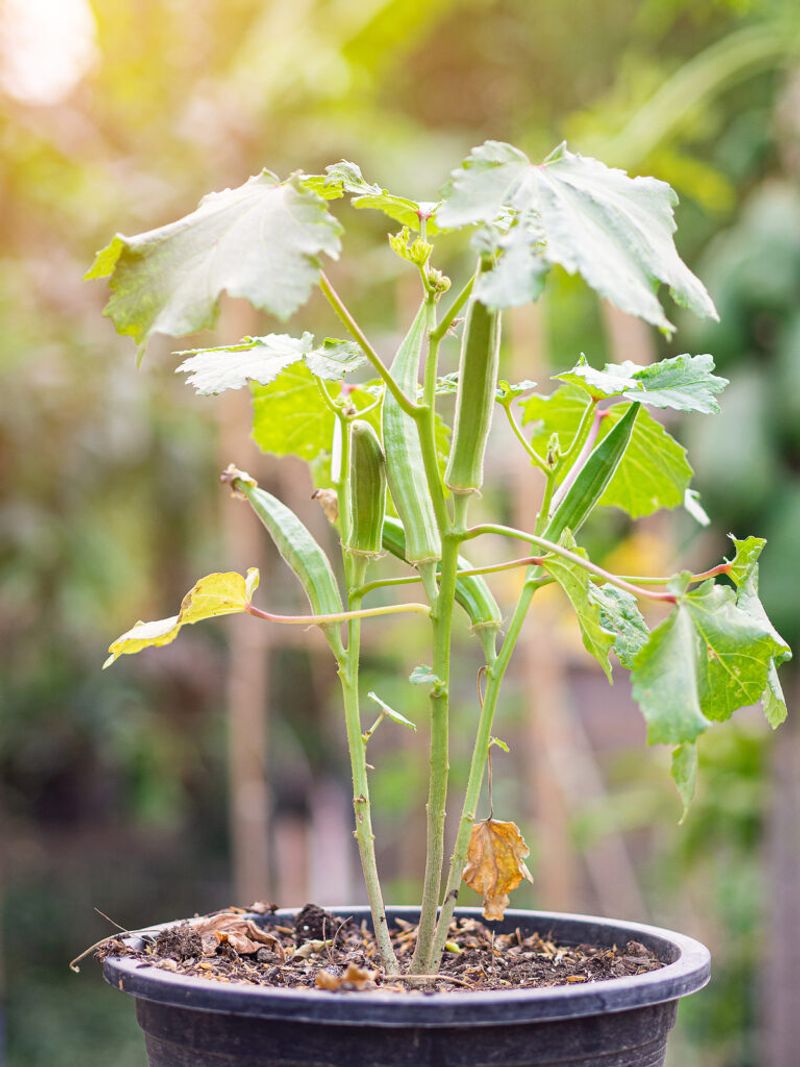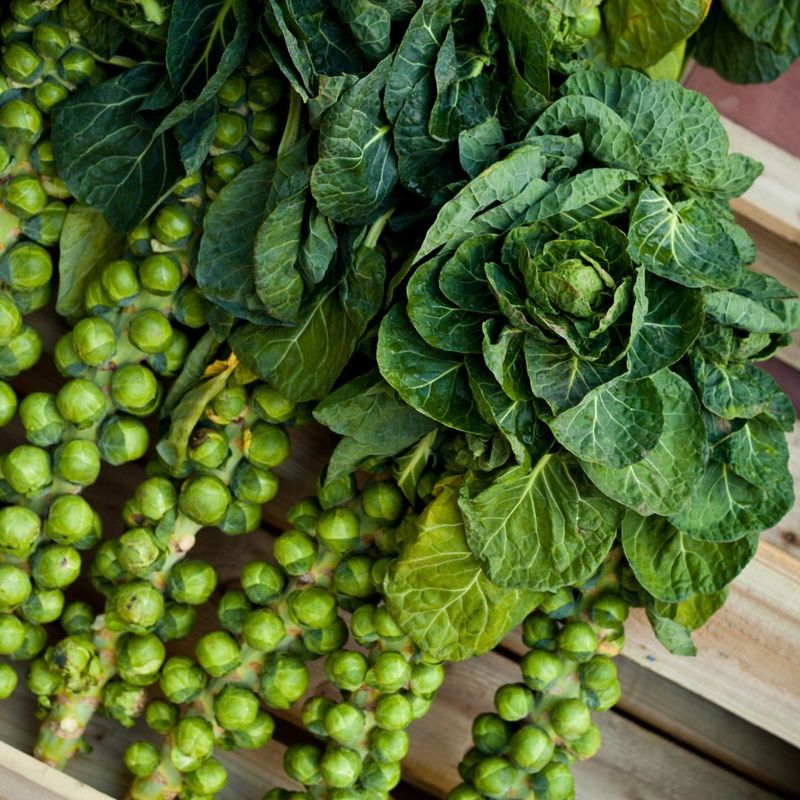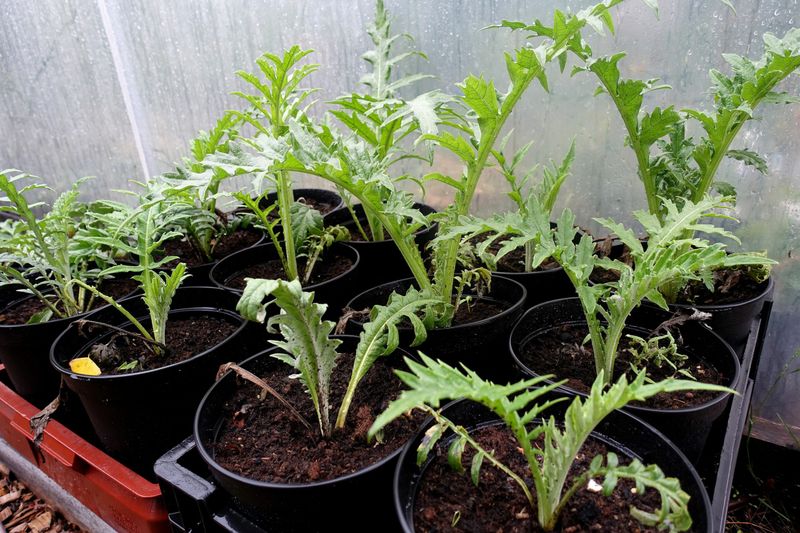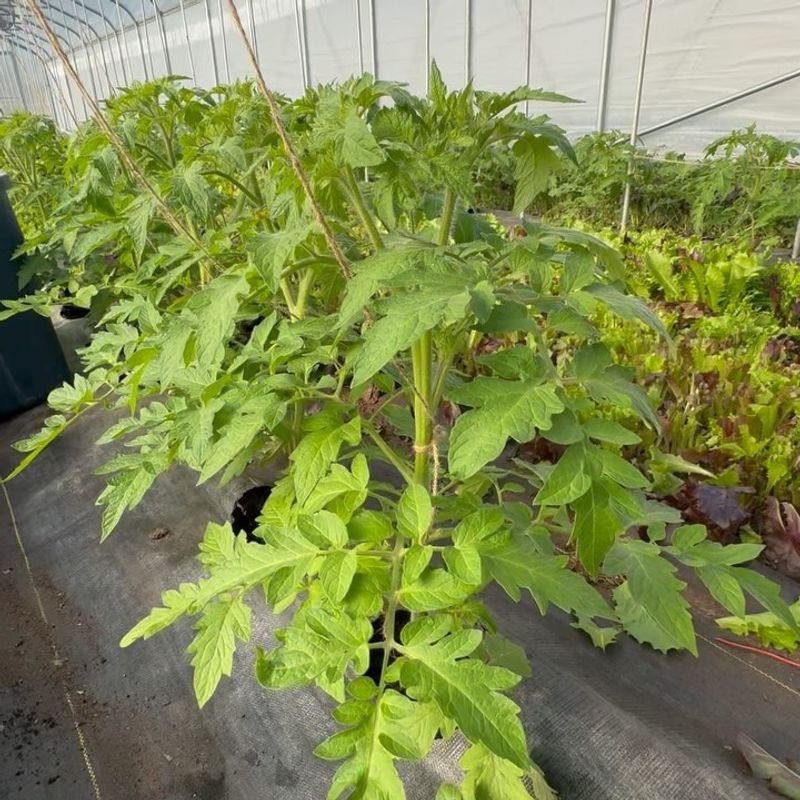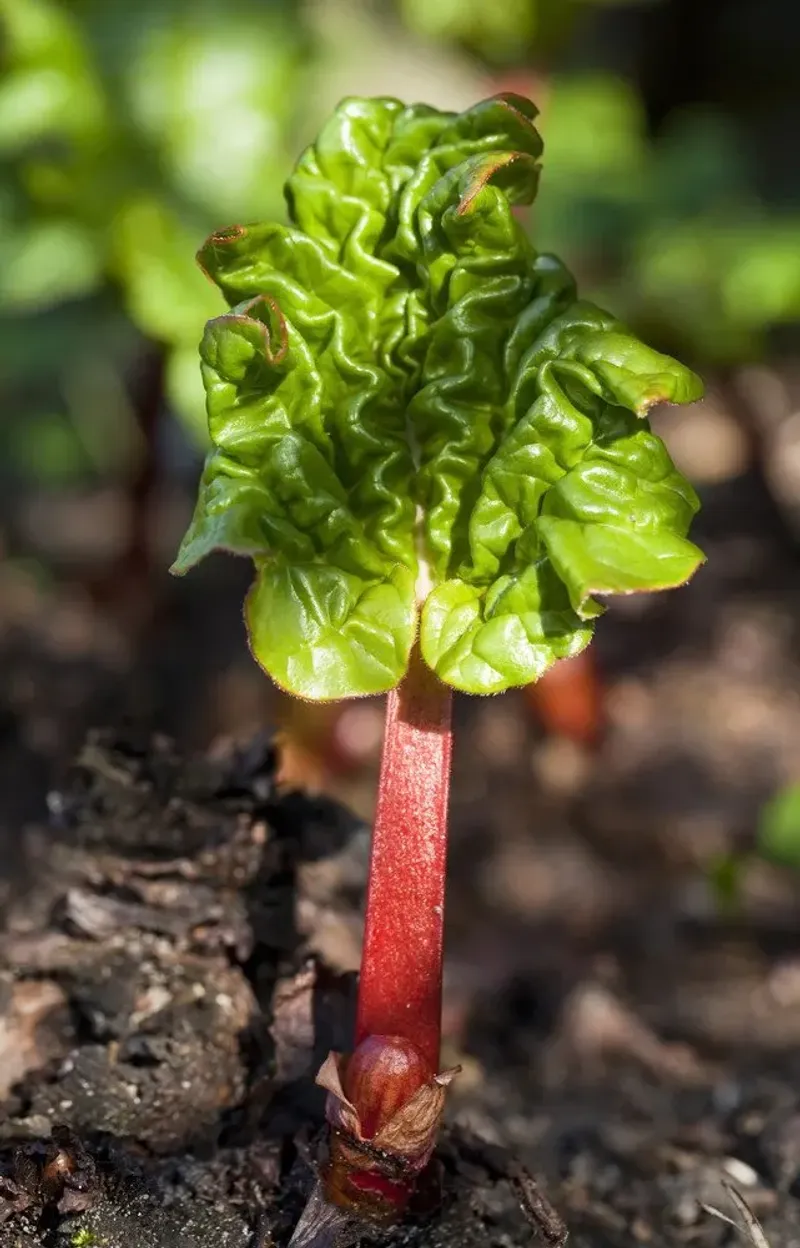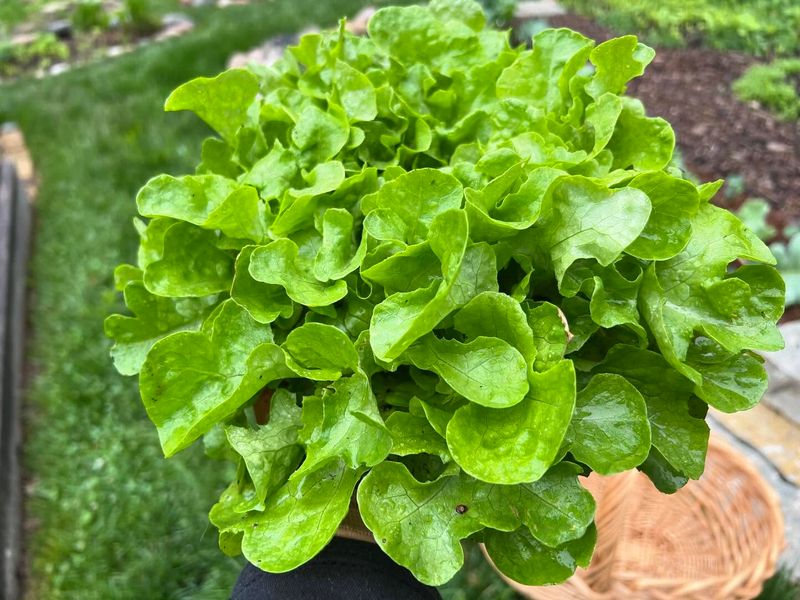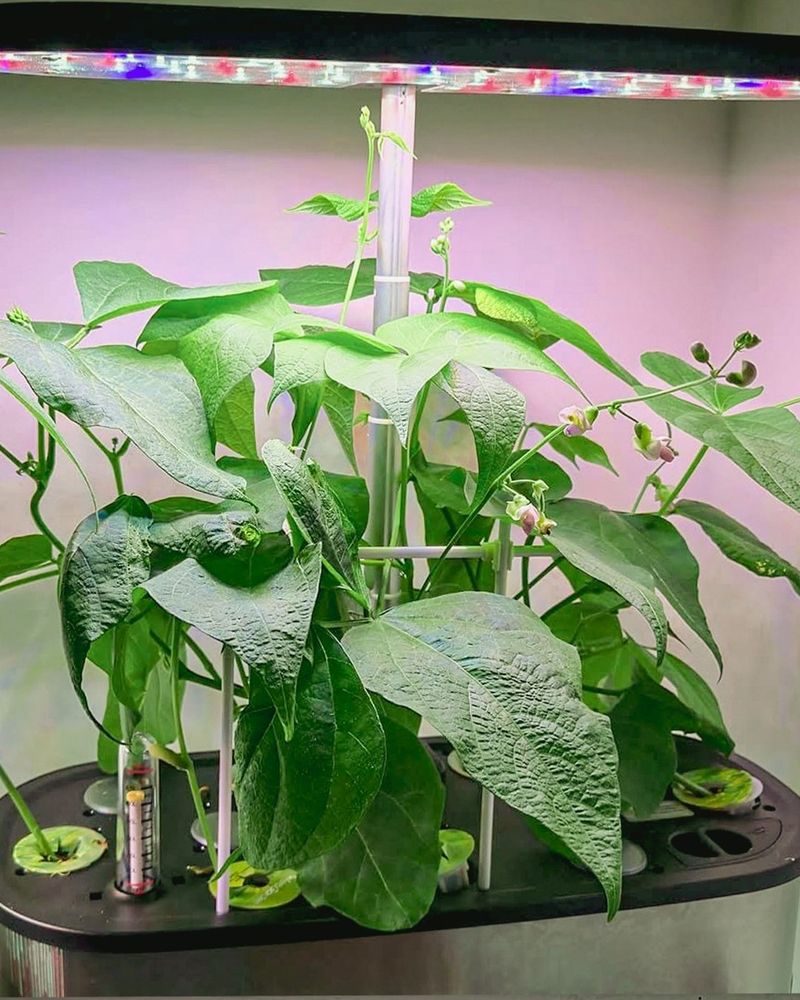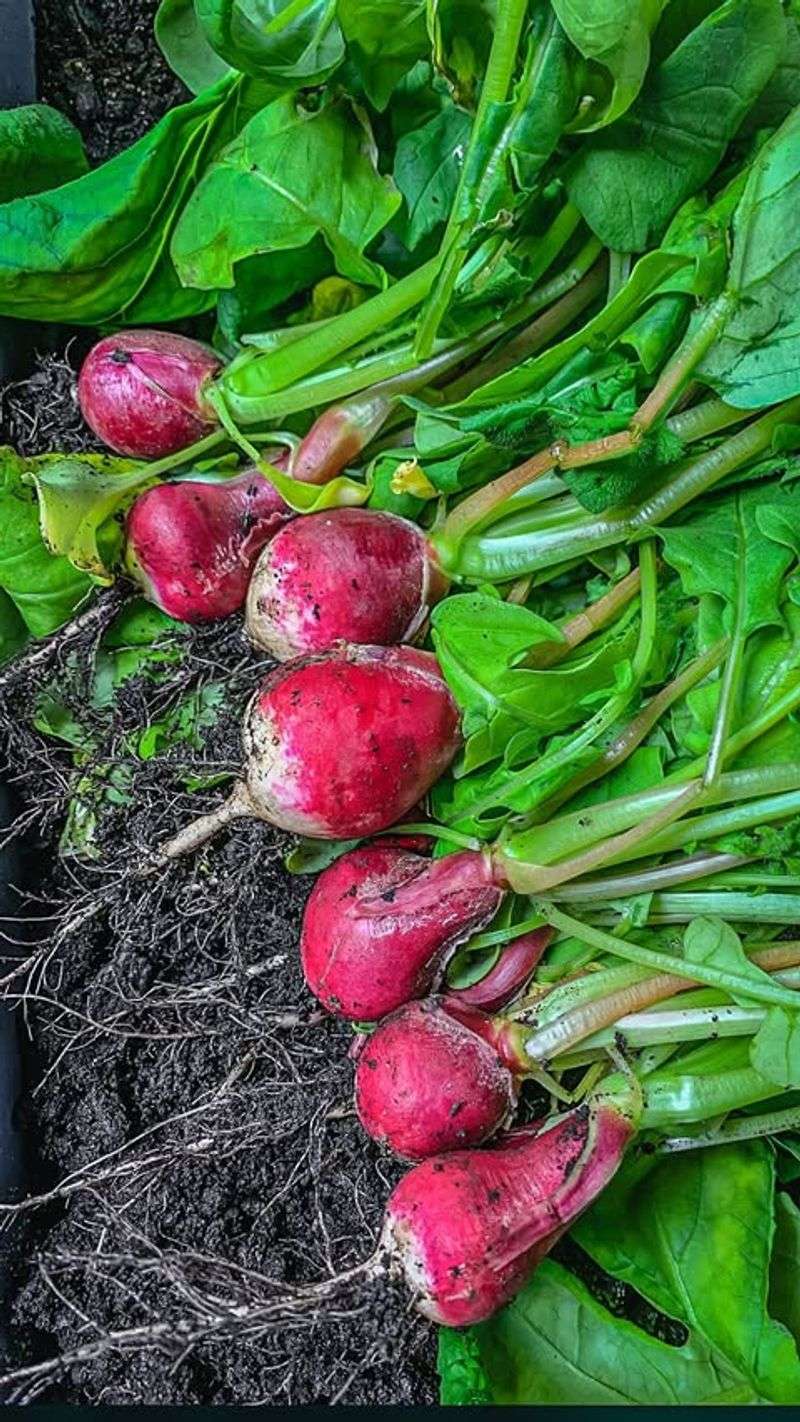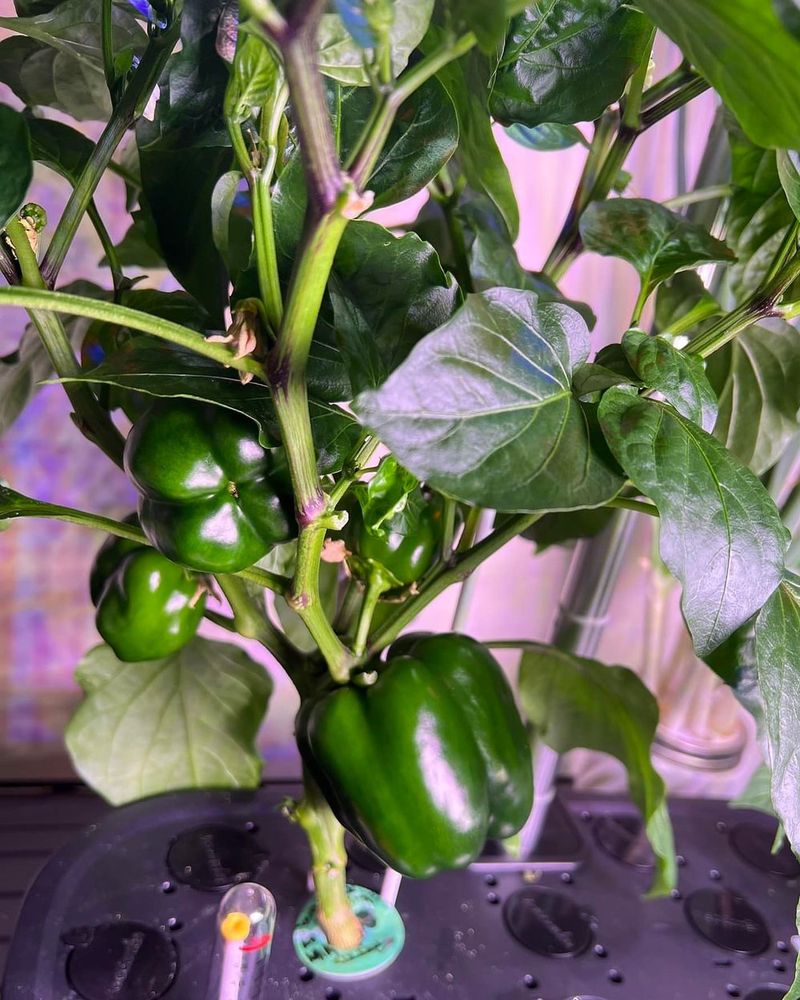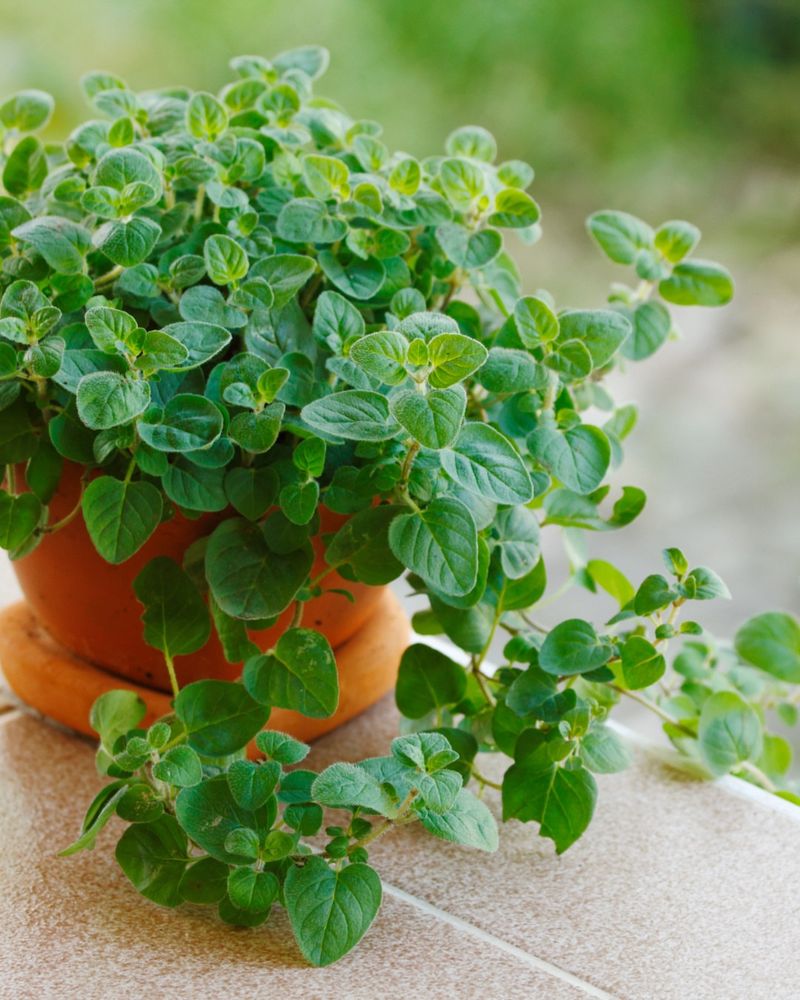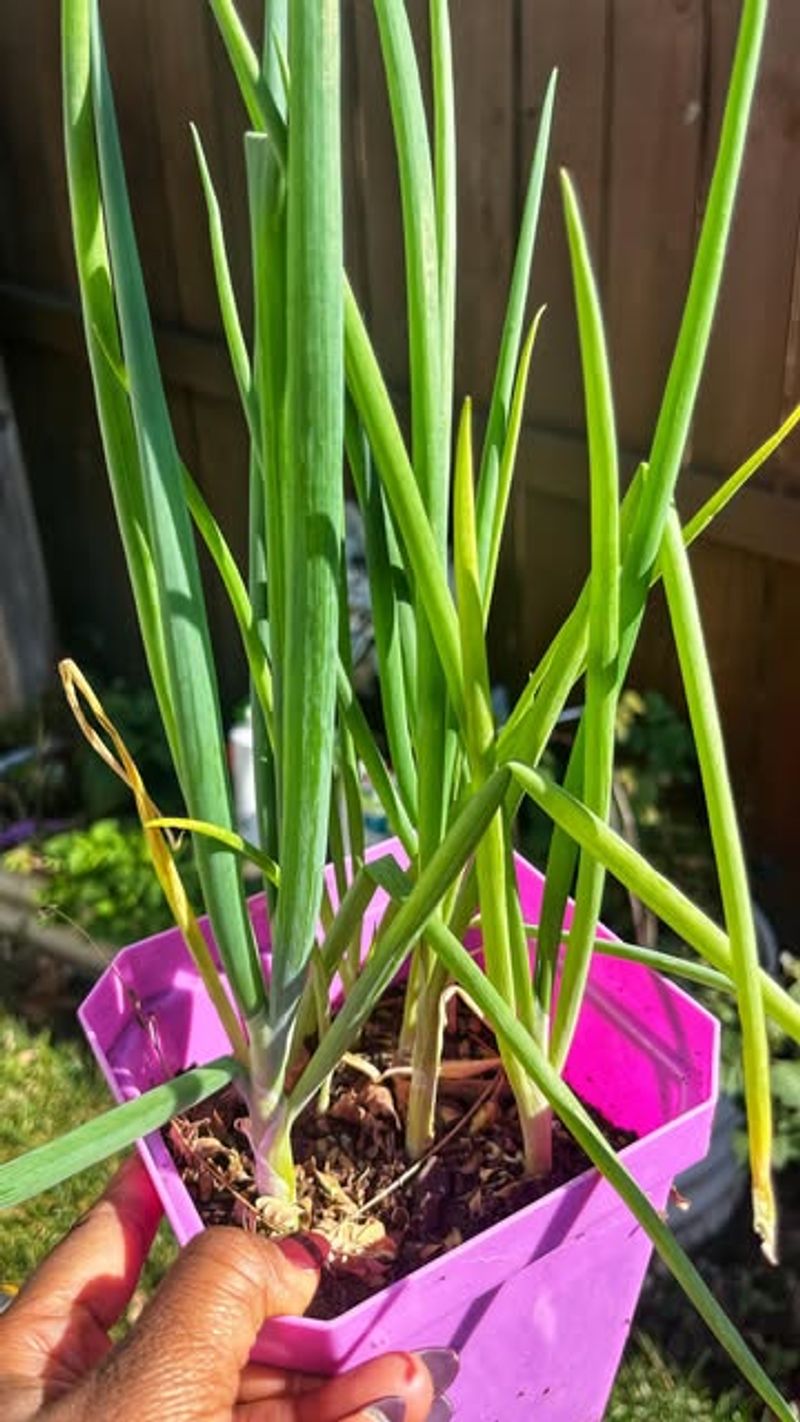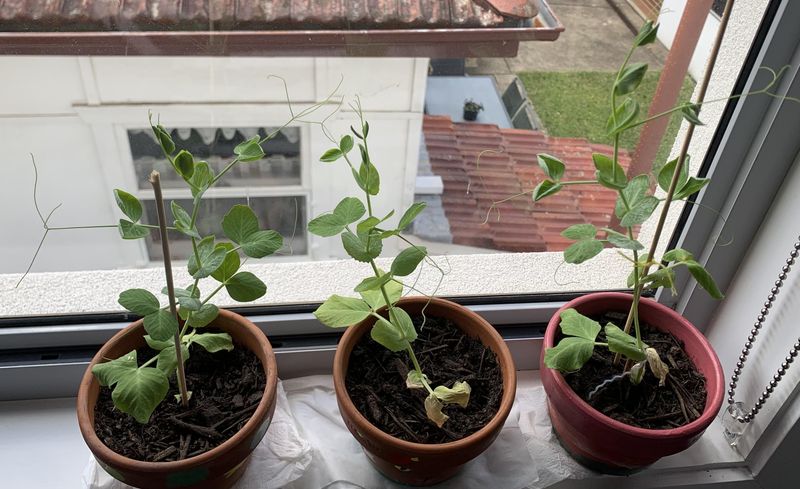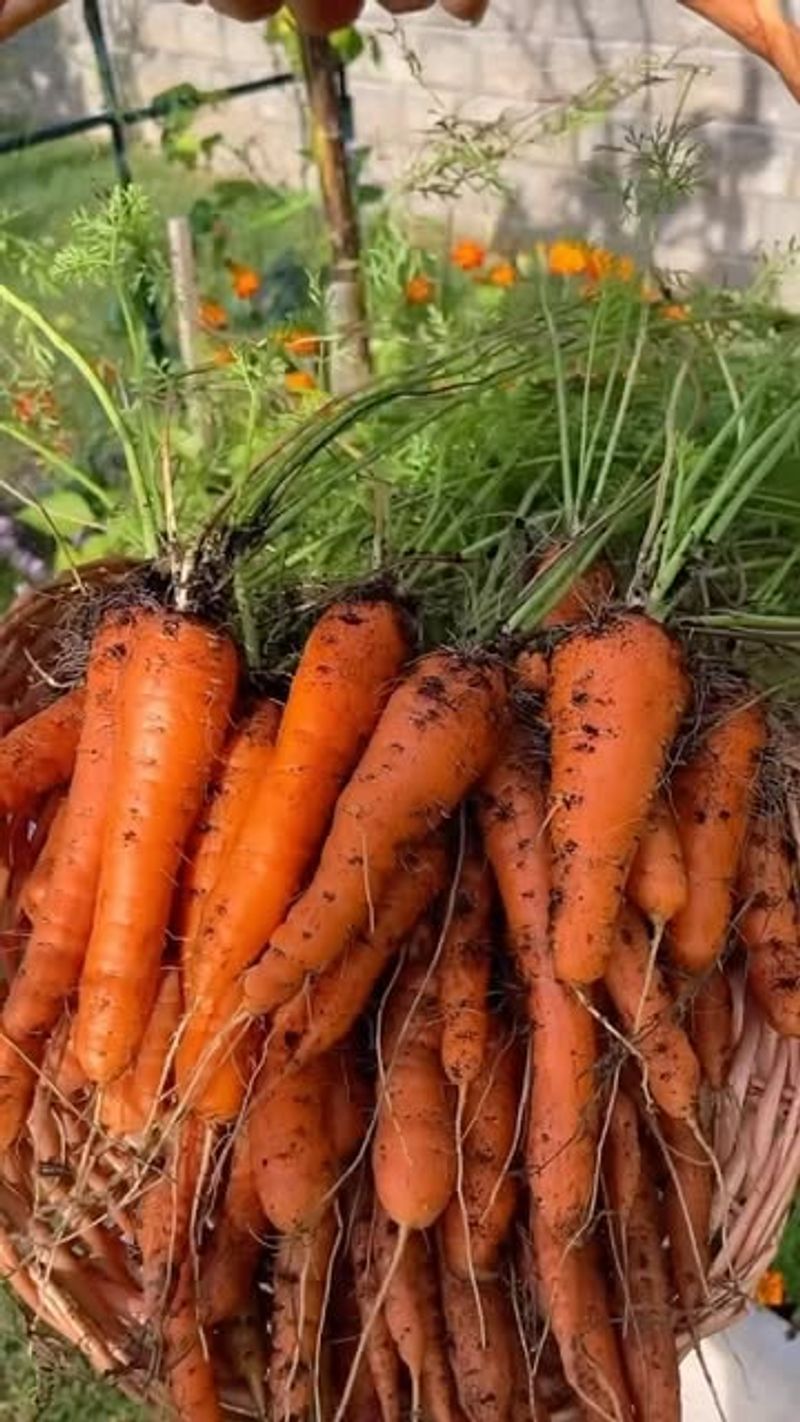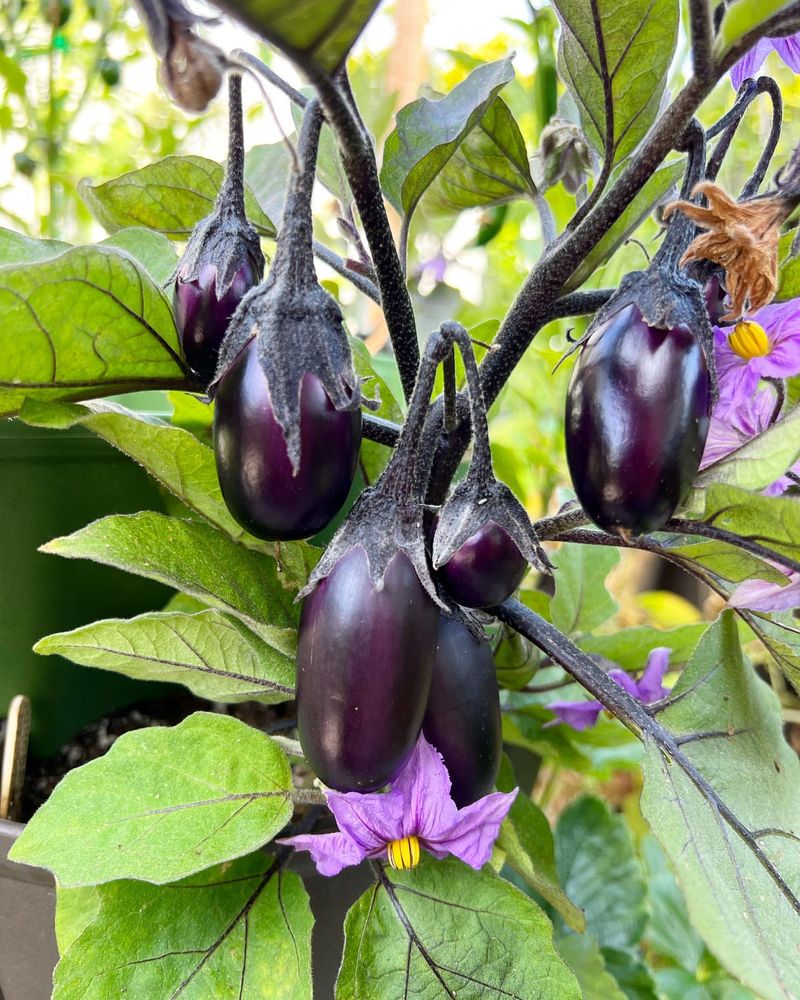Growing vegetables in containers can totally change the game, especially if you’re short on garden space. But here’s the thing—not every veggie loves living in a bucket. Some plants thrive and reward you with great harvests, while others just don’t do well in tight quarters.
I’ve found that picking the right vegetables for container gardening makes all the difference. When you choose plants that are happy in smaller spaces, you save yourself the hassle of poor growth or tiny yields. It’s all about working smarter, not harder, in your garden.
With the right choices, your bucket garden can be surprisingly productive and fun to care for. You’ll get fresh veggies without needing a big backyard, and that feeling of growing your own food never gets old.
1. Corn: Too Tall, Too Hungry
Corn requires extensive root systems and cross-pollination to produce those juicy kernels we love. In buckets, the roots become cramped and restricted, leading to weak stalks and poor ear development.
Wind-pollination becomes nearly impossible with just a few stalks, resulting in partially filled ears. The height of mature corn plants also makes them top-heavy in containers, causing them to topple over during summer storms.
2. Pumpkins: Space-Hogging Vines
Pumpkin vines spread up to 20 feet in all directions, making them container nightmares. The massive root system quickly outgrows even the largest buckets, causing nutrient deficiencies and stunted growth.
The fruits themselves need substantial ground support as they develop. Without it, container-grown pumpkins often rot before ripening or grow deformed. Most varieties simply need more soil volume than buckets can provide.
3. Sweet Potatoes: No Room To Tuber
Sweet potatoes develop extensive underground root systems that can reach several feet deep and wide. Container-grown sweet potatoes typically produce smaller, fewer tubers than their garden counterparts.
The vines themselves grow vigorously, quickly becoming unwieldy for bucket management. Temperature fluctuations in containers also affect development, as the soil heats up and cools down more rapidly than garden soil, shocking the developing root system.
4. Asparagus: Perennial Patience Required
Asparagus is a long-term commitment, taking 2-3 years before the first harvest. The deep root system needs at least 18 inches of soil depth, making standard buckets insufficient for proper development.
As a perennial, asparagus should remain undisturbed for 15-20 years. Container environments simply can’t provide the stable conditions needed for this timeline. Shallow containers lead to temperature fluctuations that stress the crowns, reducing yield and lifespan.
5. Watermelon: Too Much Fruit, Too Little Space
Watermelons need extensive room for their sprawling vines and substantial water requirements. Even dwarf varieties struggle in containers, producing fruits that lack sweetness and size compared to garden-grown melons.
The weight of developing watermelons often causes container plants to topple over. Root restriction leads to nutrient deficiencies, evident in yellowing leaves and aborted fruits. Most buckets simply can’t supply enough consistent moisture for proper fruit development.
6. Okra: Height Issues In Buckets
Okra plants typically grow 4-6 feet tall with deep taproots that quickly hit container bottoms. This root restriction stunts growth and reduces pod production dramatically compared to garden-grown plants.
The tall, top-heavy nature of mature okra makes it prone to tipping in windy conditions. Bucket-grown okra often develops nutrient deficiencies due to limited soil volume, resulting in yellowing leaves and reduced flowering.
7. Brussels Sprouts: Stability Challenges
Brussels sprouts grow as tall, top-heavy plants that easily become unstable in containers. The long growing season (80-100 days) means they occupy valuable container space for months while being particularly vulnerable to temperature fluctuations.
The shallow root systems of bucket-grown Brussels sprouts can’t support the heavy stalks laden with sprouts. Nutrient demands are high, requiring frequent fertilization that’s difficult to manage in limited soil volumes.
8. Artichokes: Perennial Space Hogs
Artichoke plants grow up to 4 feet tall and wide, quickly outgrowing most containers. As perennials, they’re meant to grow for several years, developing extensive root systems that containers simply can’t accommodate.
The large, thistle-like leaves create wind resistance, making container-grown plants prone to tipping. Temperature fluctuations in buckets affect bud development, often resulting in tough, inedible artichokes or plants that fail to produce buds altogether.
9. Full-Size Indeterminate Tomatoes: Too Much Vine
Standard indeterminate tomatoes can grow 8+ feet tall, quickly becoming unmanageable in containers. The massive root systems become severely restricted, leading to reduced fruit production and increased susceptibility to diseases.
Watering becomes a constant battle as these thirsty plants quickly deplete container moisture. Nutrient deficiencies appear as yellowing leaves and blossom end rot. The weight of developing fruit often causes container plants to topple over without extensive staking systems.
10. Rhubarb: Perennial That Needs Room
Rhubarb develops massive root systems that quickly become cramped in containers. As a perennial meant to produce for 8-10 years, it needs soil stability that buckets can’t provide.
The large leaves transpire significant moisture, creating constant watering demands. Temperature fluctuations in containers stress rhubarb crowns, leading to poor stalk development and reduced yields. Bucket-grown rhubarb rarely develops the robust, red stalks prized by gardeners.
11. Cherry Tomatoes: Compact Powerhouses
Unlike their full-sized cousins, cherry tomatoes thrive in container environments. Their naturally compact growth habit and smaller root systems make them perfect bucket candidates. Many varieties are specifically bred for container performance.
A 5-gallon bucket provides ample space for a productive plant that can yield hundreds of sweet fruits. The contained environment actually helps prevent soil-borne diseases that plague garden tomatoes. Just provide a small cage or stake for support and regular watering.
12. Lettuce: Quick And Shallow-Rooted
Lettuce has shallow roots that perfectly match container depths. The quick growth cycle means you’ll harvest within 30-45 days, making efficient use of your bucket space. Multiple varieties can grow together in one container for colorful salad mixes.
Container-grown lettuce stays cleaner than garden lettuce, with less soil splash during rainstorms. Succession planting works brilliantly – simply replant after harvesting for continuous yields. Moving containers to shadier spots during summer heat extends the growing season beyond what garden lettuce tolerates.
13. Bush Beans: Productive And Compact
Bush beans maintain naturally compact growth while producing impressive yields in containers. Their shallow root systems match perfectly with bucket depths, requiring minimal soil volume compared to pole varieties.
The determinate growth habit means plants stay manageable without trellising. A standard 5-gallon bucket can support 4-5 plants, producing multiple harvests over several weeks. Container-grown bush beans benefit from improved air circulation, reducing common fungal issues that affect garden plants.
14. Radishes: Ultra-Quick Container Crop
Radishes mature in just 21-28 days, making them perfect for impatient container gardeners. Their small root systems require minimal soil depth, allowing for productive growth even in shallow containers.
Multiple succession plantings can occupy the same bucket throughout the growing season. Container-grown radishes often develop better flavor than garden ones, as soil moisture can be more precisely controlled. The controlled environment also reduces pest pressure from common garden pests like flea beetles.
15. Peppers: Heat-Loving Container Stars
Both hot and sweet peppers excel in the warm soil conditions containers provide. Their naturally compact growth habit fits perfectly within bucket constraints, rarely outgrowing available space.
The controlled watering possible in containers prevents the inconsistent moisture that causes blossom end rot in garden peppers. Moving containers to maximize sunlight exposure increases productivity beyond garden-grown plants. Most pepper varieties produce dozens of fruits from a single 5-gallon bucket.
16. Herbs: Compact Flavor Factories
Most culinary herbs have modest root systems that thrive within container constraints. Their natural growth habits tend toward bushiness rather than height, making them perfect bucket candidates.
Many herbs actually produce more concentrated flavors when slightly root-bound in containers. The controlled environment allows for perfect drainage that prevents root rot issues common in garden settings. Multiple herbs can share a single container, creating convenient kitchen gardens.
17. Green Onions: Perpetual Bucket Crop
Green onions require minimal root space, making them ideal for shallow containers. Their upright growth habit allows for dense planting – up to 20 plants in a standard bucket.
Container-grown green onions can be harvested repeatedly by cutting leaves while leaving roots intact. Some gardeners keep the same plants producing for months through this cut-and-come-again method. The controlled environment reduces the soil-borne diseases that sometimes affect garden onions.
18. Dwarf Peas: Vertical Container Champions
Compact pea varieties produce full-sized pods on plants half the height of traditional varieties. Their modest root systems thrive in the confined space of buckets while producing impressive yields.
Container-grown peas benefit from perfect drainage that prevents the root diseases common in garden settings. A simple trellis attached to the bucket creates vertical growing space that maximizes yield per square foot. The controlled environment allows for earlier spring planting than garden soil permits.
19. Carrots: Perfect For Deep Buckets
Short carrot varieties like Paris Market and Thumbelina are specifically bred for container success. The controlled soil conditions in buckets actually produce straighter, more uniform carrots than often-rocky garden soil.
Container carrots face fewer pest pressures from carrot rust flies and nematodes. The loose potting mix allows for perfect root development without the compaction issues garden carrots face. Multiple succession plantings can occupy the same bucket throughout the growing season.
20. Eggplant: Heat-Seeking Container Plant
Eggplants love the warm soil conditions that containers naturally provide. Their modest growth habit fits perfectly within bucket constraints, rarely exceeding 24 inches in height.
The controlled watering in containers prevents the inconsistent moisture that causes bitter fruits in garden settings. Compact varieties like Fairy Tale and Patio Baby are specifically bred for container success. A single healthy plant in a 5-gallon bucket can produce a dozen or more fruits over the growing season.

